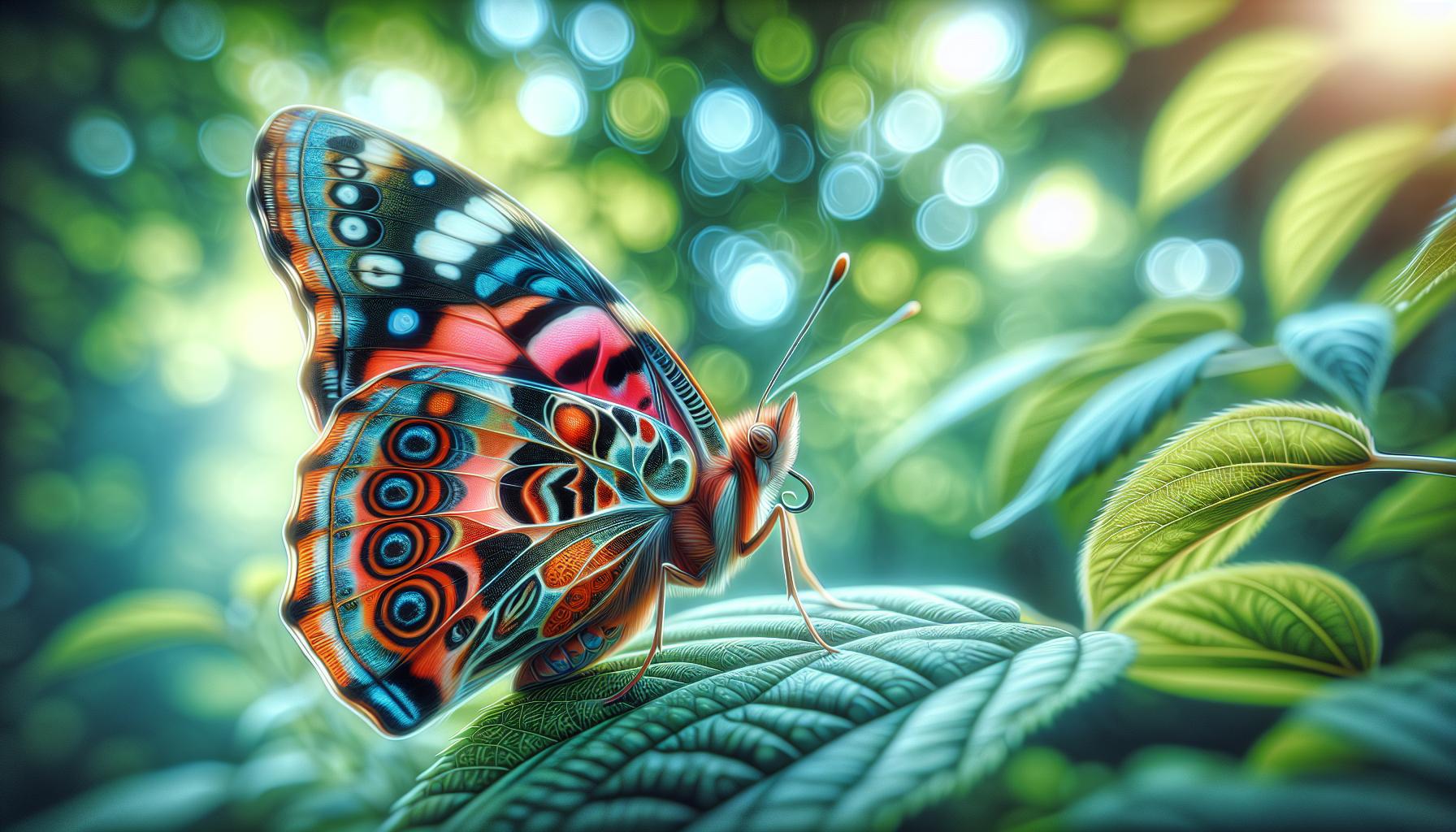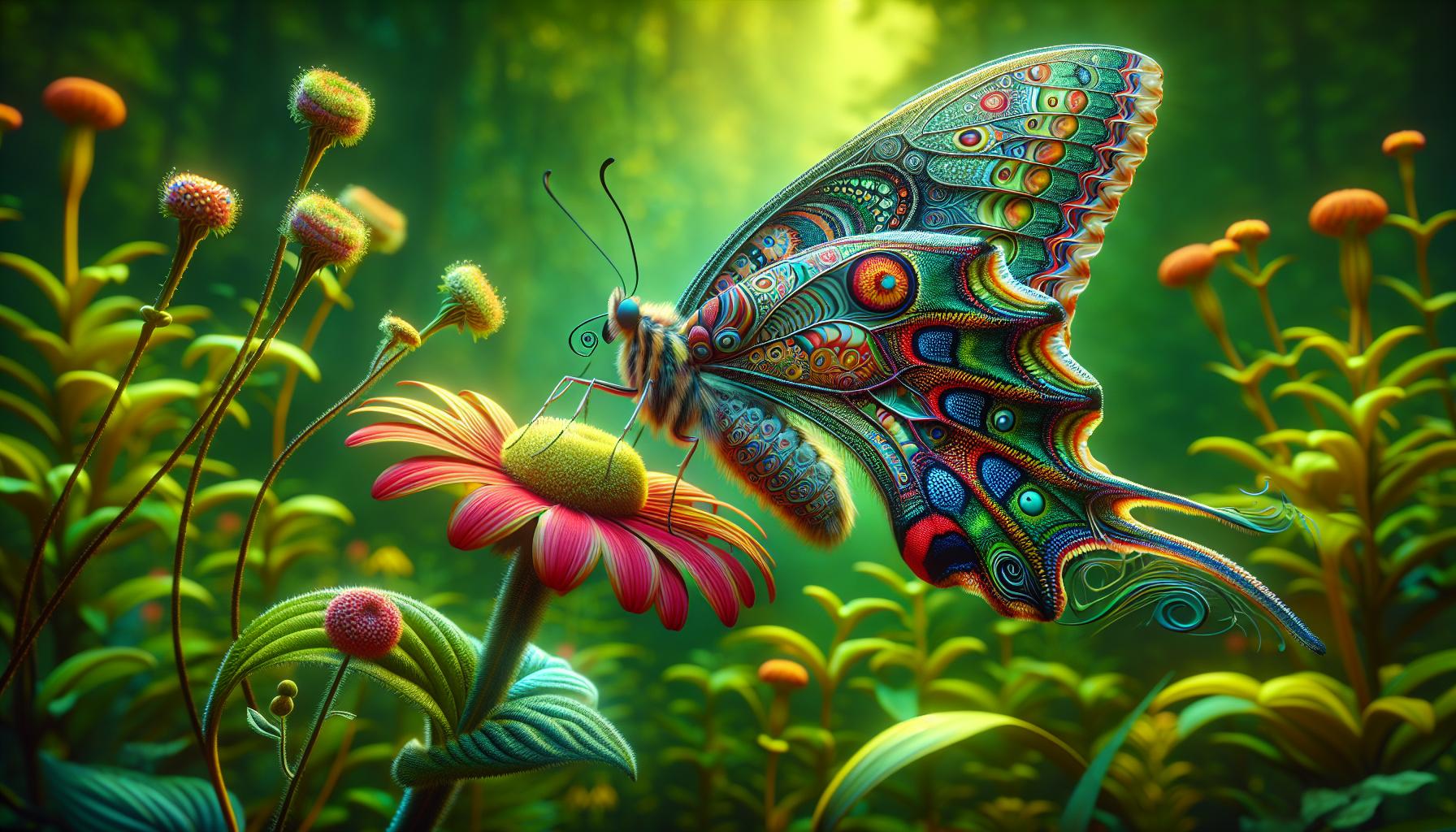There’s something magical about butterflies. Their delicate wings and vibrant colors inspire countless artists, including me. Whether you’re a beginner or an experienced illustrator, capturing the beauty of these creatures can be both rewarding and challenging.
Key Takeaways
- Symbolism in Art: Butterflies represent transformation, beauty, and freedom, enhancing the emotive quality of artwork through their lifecycle metaphor.
- Unique Features: Their symmetrical wings and intricate patterns present challenges for artists, urging attention to detail and color accuracy.
- Essential Tools: Use high-quality materials like graphite pencils, smooth paper, blending stumps, and reference images to create dynamic butterfly illustrations.
- Structured Drawing Process: Follow a systematic approach—from selecting a reference and sketching outlines to adding details, shading, and layering colors.
- Inspirational Influence: Butterflies inspire various art forms and literature, symbolizing themes of resilience and fleeting beauty, enriching creative expression.
- Common Mistakes: Avoid errors such as ignoring proportions, overlooking symmetry, and neglecting light, which can diminish the realism of butterfly drawings.
Drawing:5dlmdowxula= Butterfly
The drawing of butterflies serves as a captivating focus for artists. Their aesthetic appeal and intricate details challenge me to capture their essence on paper.
Significance in Art
Butterflies hold symbolic significance across various art forms. They represent transformation, beauty, and freedom. Many artists use them to convey deeper emotions and themes, as their lifecycle—from caterpillar to butterfly—mirrors personal growth and change. This symbolism resonates with viewers, enhancing the emotive quality of artwork. For instance, notable artists like Salvador Dalí incorporated butterflies in their works, using them to suggest metamorphosis. Understanding this significance adds layers to my artistic representation of butterflies.
Unique Features
Butterflies possess unique features that make them fascinating subjects. Their symmetrical wings display intricate patterns and colors, creating a challenge in reproducing them accurately. Furthermore, the delicate structure of their wings requires attention to light and shadow in my drawings. Each species showcases distinct color palettes and markings, inviting exploration of diversity. Artists might study specific butterflies, such as the Monarch or Blue Morpho, to enhance their skills in observation and technique. Paying close attention to these features elevates my artwork, allowing me to celebrate the beauty of these creatures.
Techniques for Creating Drawing:5dlmdowxula= Butterfly

Creating a drawing of a butterfly requires specific tools and a structured approach. Focus on precision and observation to capture the intricate details of these beautiful creatures.
Tools Needed
- Graphite Pencils: Use various hardness grades like 2H for fine lines and 6B for shading.
- Paper: Choose smooth, heavy paper like Bristol board for clear and vibrant results.
- Erasers: Keep a kneaded eraser for gentle corrections and a vinyl eraser for more precise adjustments.
- Blending Stumps: Employ blending stumps to smooth shading and create depth in color transitions.
- Colored Pencils or Watercolors: Use high-quality colored pencils or watercolors for rich, dynamic hues.
- Reference Images: Collect high-resolution images of butterflies to study their anatomy and color patterns.
- Select a Reference: Choose a specific butterfly species. Analyze its colors, shapes, and patterns.
- Sketch the Outline: Lightly draw the basic shapes and proportions. Focus on symmetry and the layout of the wings.
- Define Details: Gradually add details, such as wing patterns and body features. Use your reference for accuracy.
- Shade and Blend: Add shading to provide dimension. Blend colors smoothly, mimicking the butterfly’s natural gradients.
- Build Color Layers: Layer colored pencils or watercolors to enhance vibrancy. Start with light colors and progress to darker shades.
- Final Touches: Review and refine any areas needing improvement. Add highlights or adjust contrasts to elevate the overall impact.
These techniques empower artists to create stunning representations of butterflies, blending observation with technical skills.
Artistic Inspirations Behind Drawing:5dlmdowxula= Butterfly

The beauty of butterflies captivates artists, providing endless inspiration. Their delicate forms and symbolic meanings enrich the creative process, fueling artistic expression.
Nature and Symbolism
Nature presents butterflies as powerful symbols of transformation and renewal. Their life cycle—from caterpillar to chrysalis to butterfly—mirrors personal growth and change. Artists often depict this journey to convey messages of hope and resilience. For instance, Gustav Klimt incorporated butterflies in his works to symbolize freedom and beauty. The vibrant colors and intricate patterns found on butterfly wings inspire detailed illustrations, prompting artists to explore themes of diversity and natural beauty. As I draw, I consider the unique qualities of each species, using their symbolism to evoke emotions and deepen the meaning of my art.
Influences from Other Art Forms
Butterflies influence various art forms, including literature and photography. Their aesthetic appeal encourages artists to incorporate them into mixed media works, adding depth and dimension. In literature, butterflies often symbolize fragility and fleeting moments, inspiring poets and writers to create poignant narratives. Film also uses butterflies to illustrate themes of transformation, as seen in movies like “The Butterfly Effect.” This cross-pollination of ideas enhances my drawing process, allowing me to draw connections between different artistic expressions. By studying how butterflies are depicted across art forms, I gain fresh perspectives that enrich my drawings and expand my creative boundaries.
Tips for Beginners

Drawing butterflies encompasses both beauty and intricacy. Understanding key aspects enhances one’s ability to create striking artwork.
Common Mistakes to Avoid
- Ignoring Proportions: Ensure accuracy in wing size and body shape. Use a ruler or grid technique to maintain proper dimensions throughout the drawing.
- Overlooking Symmetry: Maintain balance between both wings. Regularly check for symmetry to capture the characteristic elegance of butterflies.
- Neglecting Light and Shadow: Focus on how light interacts with surfaces. Identify light sources and apply shading accordingly to add depth and dimension.
- Rushing the Details: Take time to refine details like veins and patterns. Each element contributes significantly to the overall composition and lifelike quality.
- Skipping Reference Images: Use high-quality references to understand color and texture. Observing real butterflies aids in capturing realistic features.
- Books and Guides: Explore instructional books focused on butterfly anatomy and art techniques. Titles like “Drawing Butterflies” by David Chelsea offer step-by-step guidance.
- Online Tutorials: Utilize platforms like YouTube. Many artists share their process, providing insights on specific techniques for butterfly drawings.
- Art Communities: Join online forums and social media groups. Engaging with other artists allows for critique, support, and inspiration regarding butterfly themes.
- Courses and Workshops: Participate in local art classes or online courses. These structured environments enhance skill through targeted lessons and hands-on practice.
- Nature Walks: Observe butterflies in natural habitats. Real-life observation cultivates an understanding of movement, color variations, and environmental interactions.
Joy of Creating Art
Drawing butterflies is more than just capturing their beauty on paper; it’s a journey of exploration and creativity. I’ve found that each stroke can reveal the intricate details that make these creatures so captivating. The process not only hones my artistic skills but also deepens my appreciation for nature’s wonders.
Embracing the challenge of illustrating butterflies has opened up new avenues for expression. Whether you’re a beginner or an experienced artist, the joy of creating art inspired by these delicate beings is truly rewarding. So grab your tools and let the vibrant world of butterflies inspire your next masterpiece.

